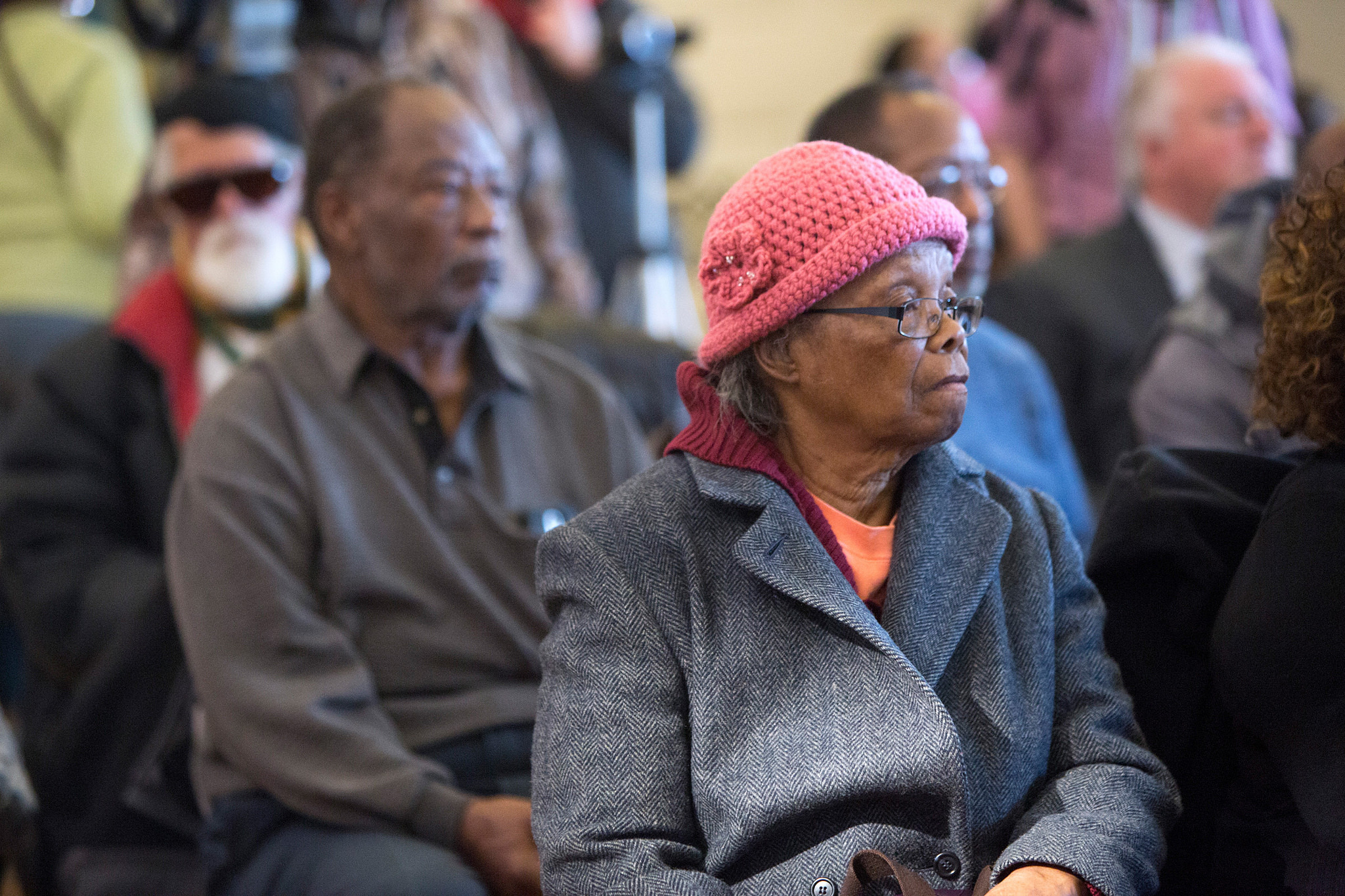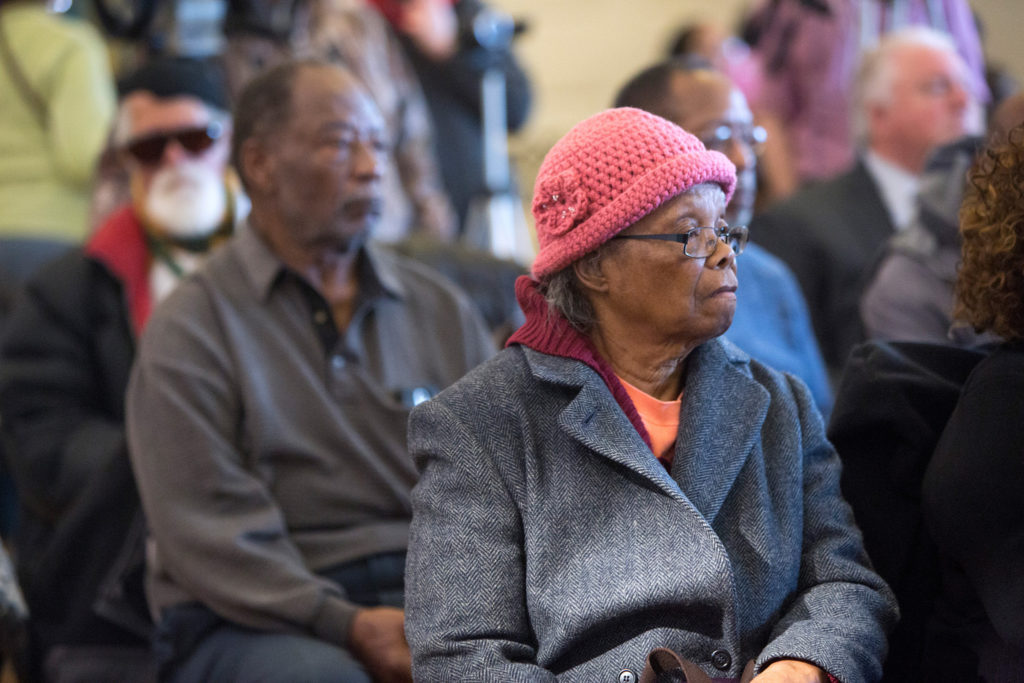
By Eugene Kiely
Factcheck.org

The Department of Health and Human Services has announced it will “immediately” stop making payments that help low-income people pay for out-of-pocket health care expenses.
The announcement came late on Oct. 12 after Attorney General Jeff Sessions sent the department a legal opinion saying the payments cannot be made without congressional authorization. The subsidies are paid directly to insurance companies on a monthly basis, and the Washington Post reported that the decision will affect the next month’s payments in November.
As we have written, there are two forms of financial assistance under the Affordable Care Act: premium tax credits and cost-sharing to lower out-of-pocket costs. Both are available for those who buy their own coverage on the individual, or nongroup, market.
Cost-sharing subsidies help reduce out-of-pocket costs for those who earn between 100 percent and 250 percent of the federal poverty level and buy their own insurance on the ACA’s state and federal marketplaces. The federal poverty level for 2017 is $12,060 for a single person and $24,600 for a family of four, with slightly higher amounts for Alaska and Hawaii.
The Trump administration’s decision does not affect the premium tax credits, which reduce monthly premiums for those earning between 100 percent and 400 percent of the poverty level.
The Congressional Budget Office estimated in January that the cost-sharing subsidies would total $7 billion in fiscal 2017, which ended Sept. 30, and $10 billion in fiscal 2018. Ending the subsidies program would increase the average benchmark silver plan by 20 percent in 2018, according to the CBO.
Here’s a video that explains more about the cost-sharing subsidy program and how it works:




